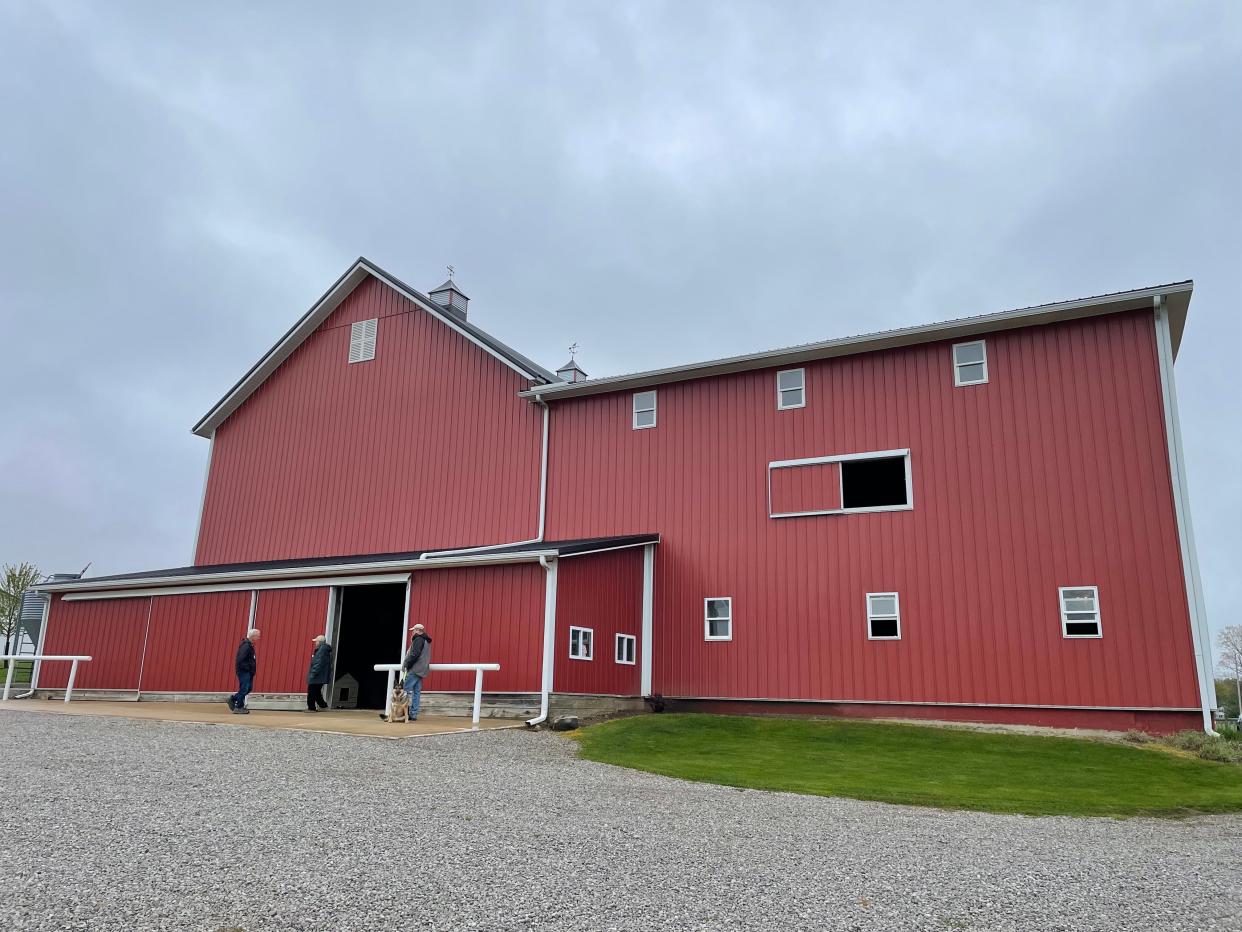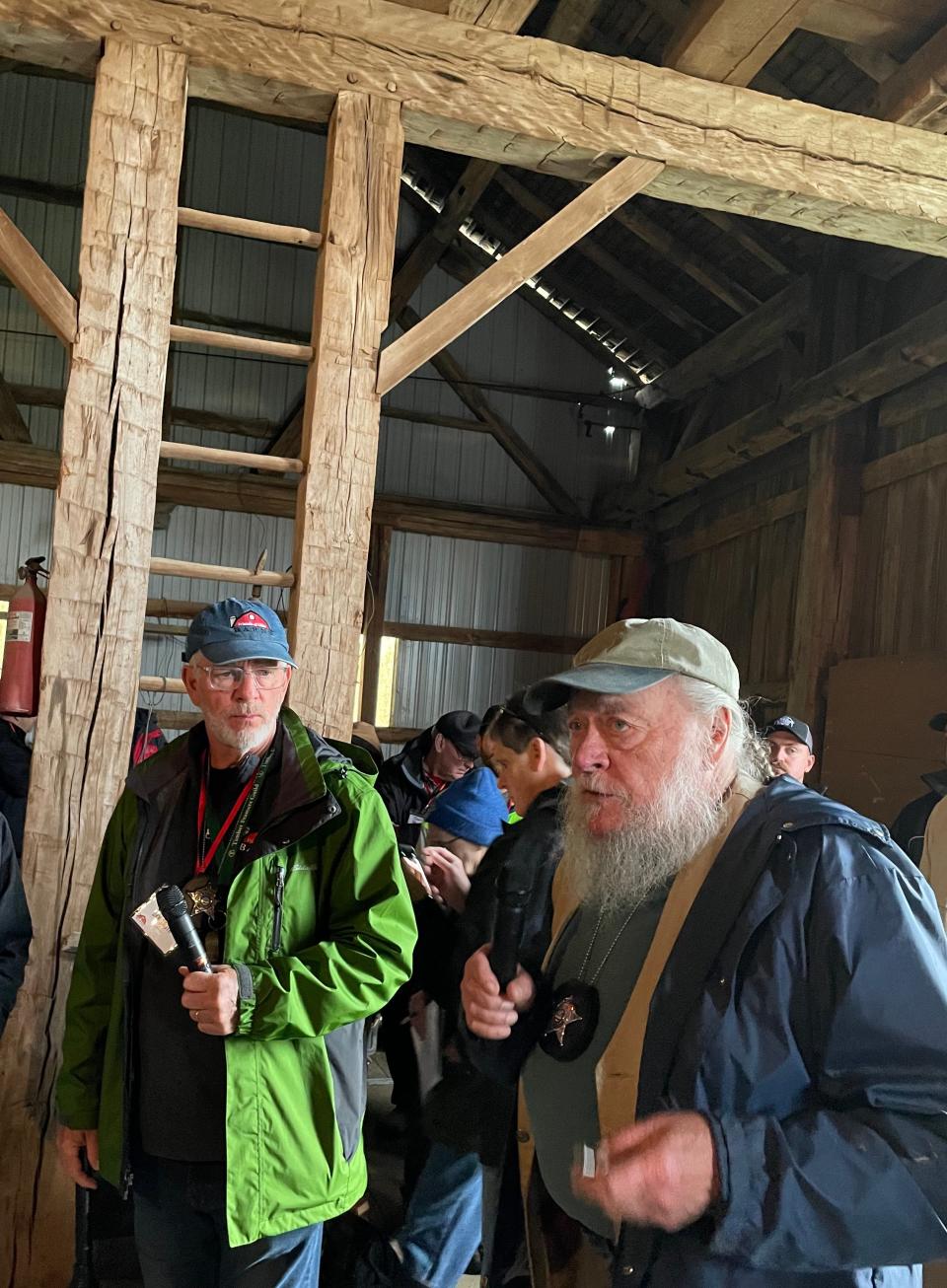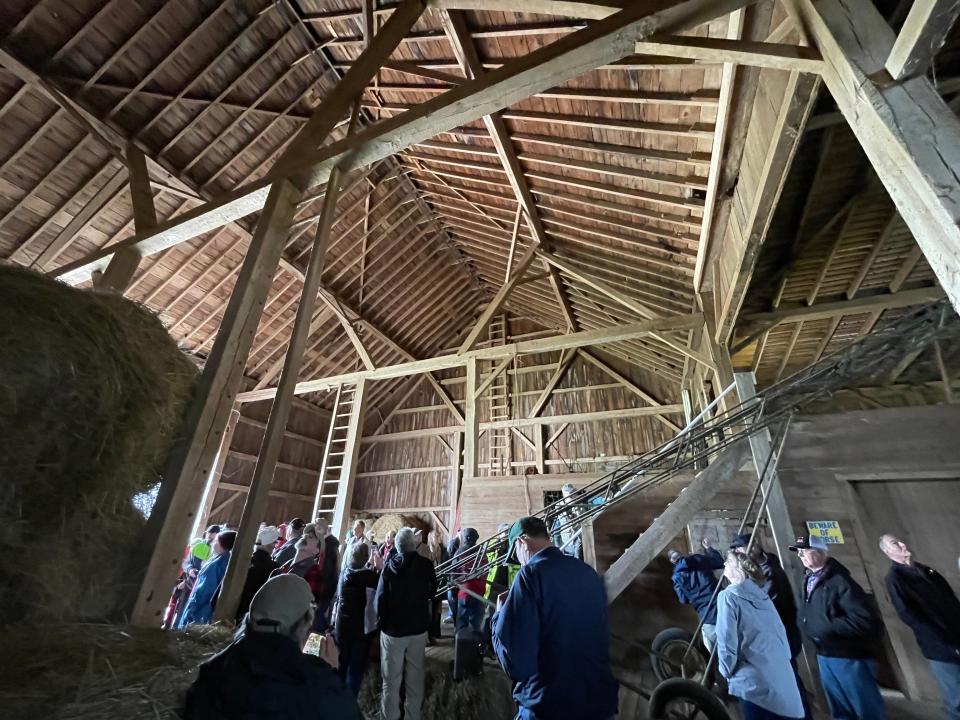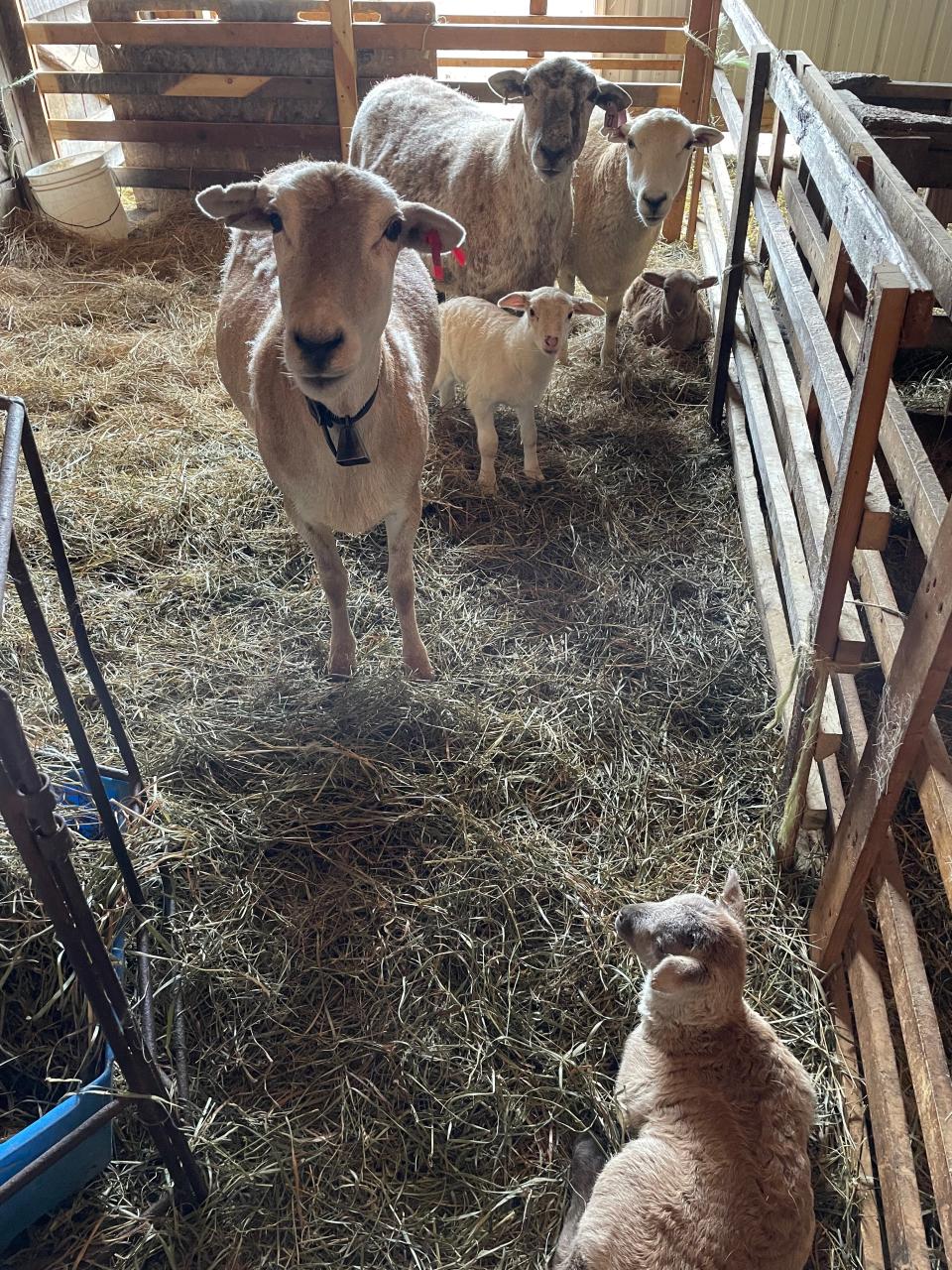Old House Handyman: Meet the group helping to preserve Ohio's historic barns

Barns are the sentinels of our rural landscape. Many have kept watch over our fields and small towns for a century or more. These engineering marvels of ancient timbers hold the history of framing and farming – and the people who came before us.
And these symbols of our rural heritage are disappearing at an alarming rate.
One barn-dismantler recently told a friend that his company takes down three old barns a week. And his company is one of many whose “we buy old barns” signs now dot the landscape like dandelions in spring.
Some unwanted barns will be dismantled and rebuilt as a barn or as someone’s home, or for another purpose. Many others will end up in pieces, picked apart and scattered across the globe as lumber for flooring, cabinets, furniture and other wood products. Someone needs to do something about this before they’re all gone. And people like the Friends of Ohio Barns are doing something. This group of barn enthusiasts is an eclectic organization of farmers, timber framers, architects and preservationists who rally around Ohio’s barns.
Old House Handyman: Inspection of house's wiring leads to shocking find
Dan Troth, vice president of the group, said the barns being torn down by the crew that takes three a week “are not being repurposed, but rather cut up and sold for their valuable wood in every state in the Union where they don’t have barns. “They are after elephant tusks,” said Troth, owner of GreenTech Construction of Delaware County. “We, however, are trying to save elephants. Friends of Ohio Barns has worked hard over its life to open the public’s eyes to the beauty and significance of Ohio’s historic barns and the threats they face.”
It does that, he said, by promoting stewardship and preservation of barns.

During the group’s annual conference in late April, attendees learned from Raymond Friend, of Highland County, about how his Barn and Cabin Friend company converts old barns into houses. Matt Stooksbury, of the Morrow County Soil and Water Conservation District, talked about ways to preserve farmland. I spoke to the group about Ohio’s Historic Family Farms program and how to research the history of farms and old buildings, something I had done last year for a story for Columbus Monthly.
The Friends of Ohio Barns also help preserve barns by connecting barn owners with resources such as the Barn Again! program and the National Trust for Historic Preservation, and by awarding small but very meaningful grants to Ohioans working to save old barns.
Preservation news: Ohio History Center, Ohio Village now listed on National Register of Historic Places
And the organization honors those who save barns through adaptive re-use. This year, that honor went to Flying Horse Farms, where the conference was held. A barn built in 1913 is the centerpiece of Flying Horse Farms, which is a camp “where children with serious illnesses live without limits.” Tim and Mary Weiler donated the barn to Flying Horse in 2009, and it was moved about five miles to the camp property near Mount Gilead, renovated and expanded to become administrative offices and housing for camp staff members.
For children coming to Flying Horse Farms for camp, the barn is a symbol of a safe place, said Nichole Dunn, president and CEO. “It’s the first impression of trust and providing relief,” she said.
The Weilers said they had no need for the barn, and that maintaining it had become a burden. Seeing it re-used in this way gives them joy.
With agriculture and food production combined remaining Ohio’s number-one industry, another way the Friends of Ohio Barns helped build awareness of the state’s agricultural heritage was to help a group of Westerville school students lobby the state legislature to name the barn as Ohio’s historical architectural structure.
The highlight of this year’s Friends of Ohio Barns conference was when more than 100 people piled into tour buses to get a look inside six historic barns in Morrow County. Troth and Rudy Christian, a founding member and past president of both the Timber Framers Guild and Friends of Ohio Barns, served as “barn detectives” during the tour, pointing out construction details that helped those of us on the tour understand how and when they were built.

All were built by hand, and several dated to the early 1800s – and included later additions that indicate it wasn’t long before the subsistence farmers who raised just enough to feed their families expanded to commercial farming that allowed them to sell crops and animals.
“People say we don’t have virgin timber anymore,” Christian said from inside one of the barns on the tour. “We are standing in a virgin forest. These trees were standing here when we got here and stole all of this land from the Indians. I’m guessing most of these timbers started growing 500 years ago.”

As I write this ode to barns at the start of National Historic Preservation Month, I’m looking out the window of my dad’s farmhouse at the barn that has stood sentinel over our family farm for more than a century.
Despite all of the research I had done on the farm, one hole in my documentation was the age of our barn. We could find no record of when it was built. A key detail is that the beams were cut with a saw, likely powered by a steam engine. It was not built with the hand-hewn timbers found in barns from the early 1800s. Our question about its age was answered when the Friends of Ohio Barns connected us with The College of Wooster Tree Ring Lab. Nicholas Wiesenberg, lab technician and dendrochronologist, came to the farm and took pencil-sized core samples from beams in our barn and analyzed them in his lab.
Old House Handyman: Fur what it's worth, pet hair removal tool works
The results show that beech, oak, shagbark hickory and a mix of other trees were cut in 1903 and were assembled by my ancestors and their neighbors and friends in 1904. We will do our best to ensure that it keeps watch over our fields for at least another 119 years.
Alan D. Miller is a former Dispatch editor who teaches journalism at Denison University and writes about old house repair and historic preservation based on personal experiences and questions from readers.
@youroldhous
This article originally appeared on The Columbus Dispatch: Old House Handyman: Learn about a group working to save Ohio's barns
